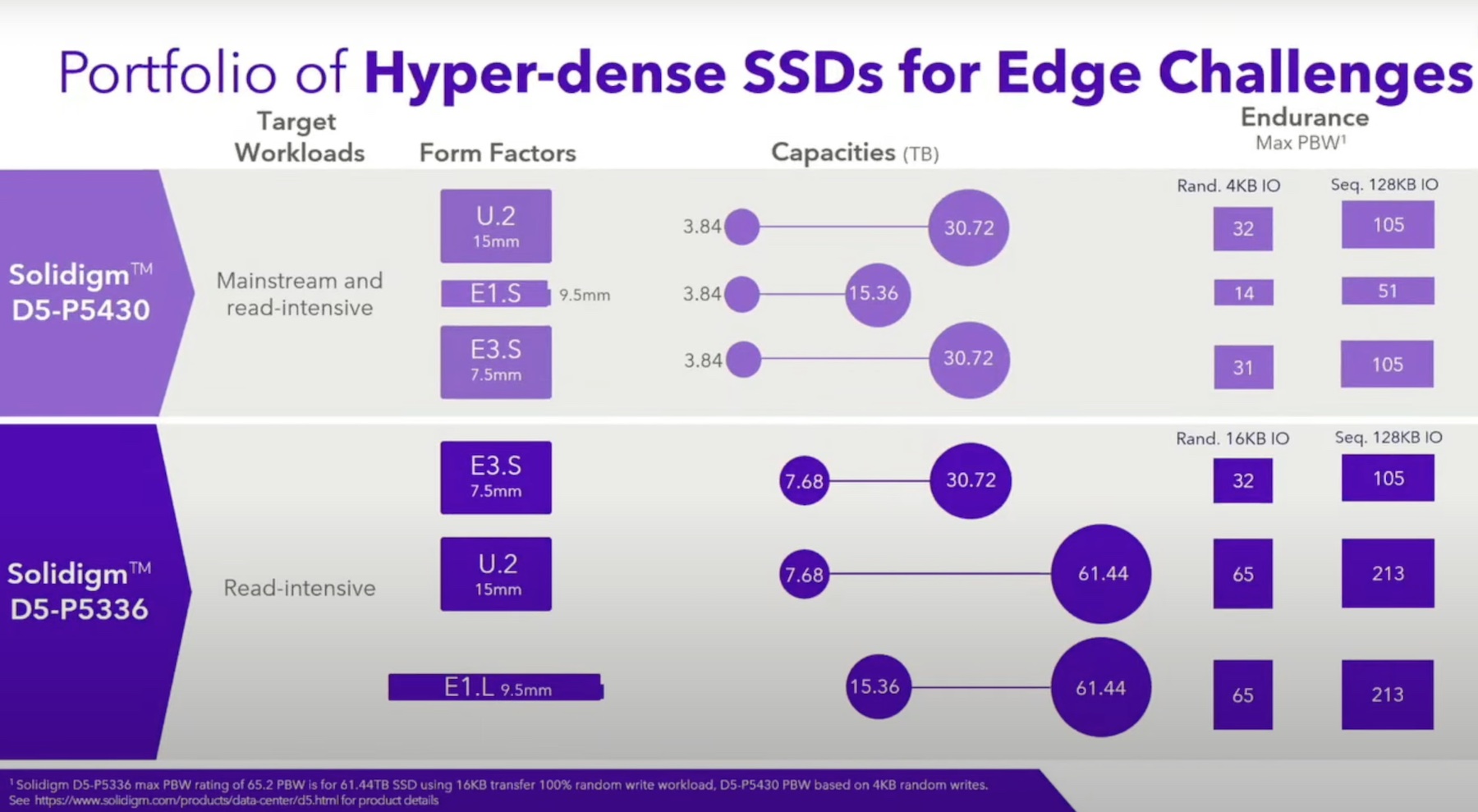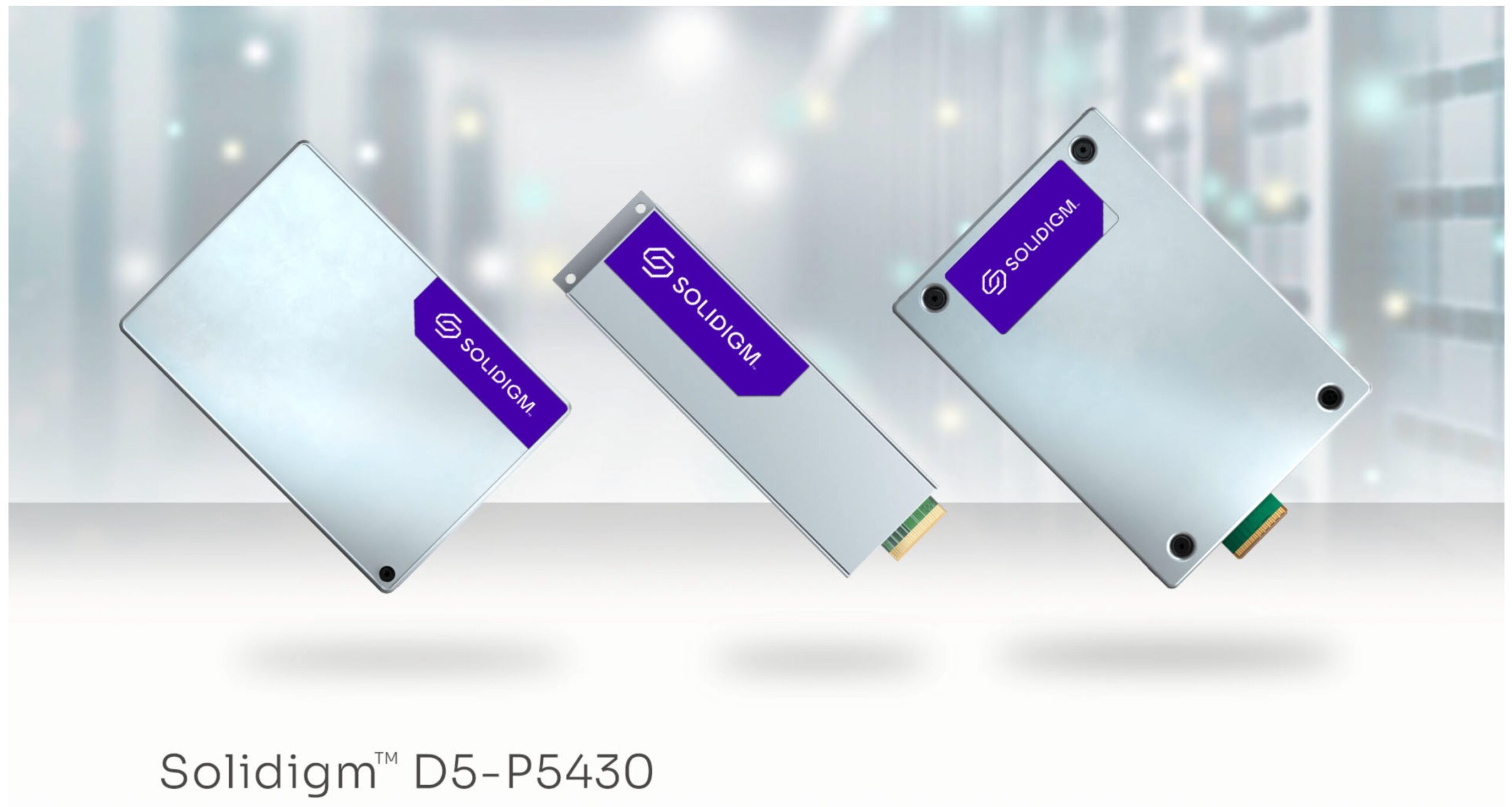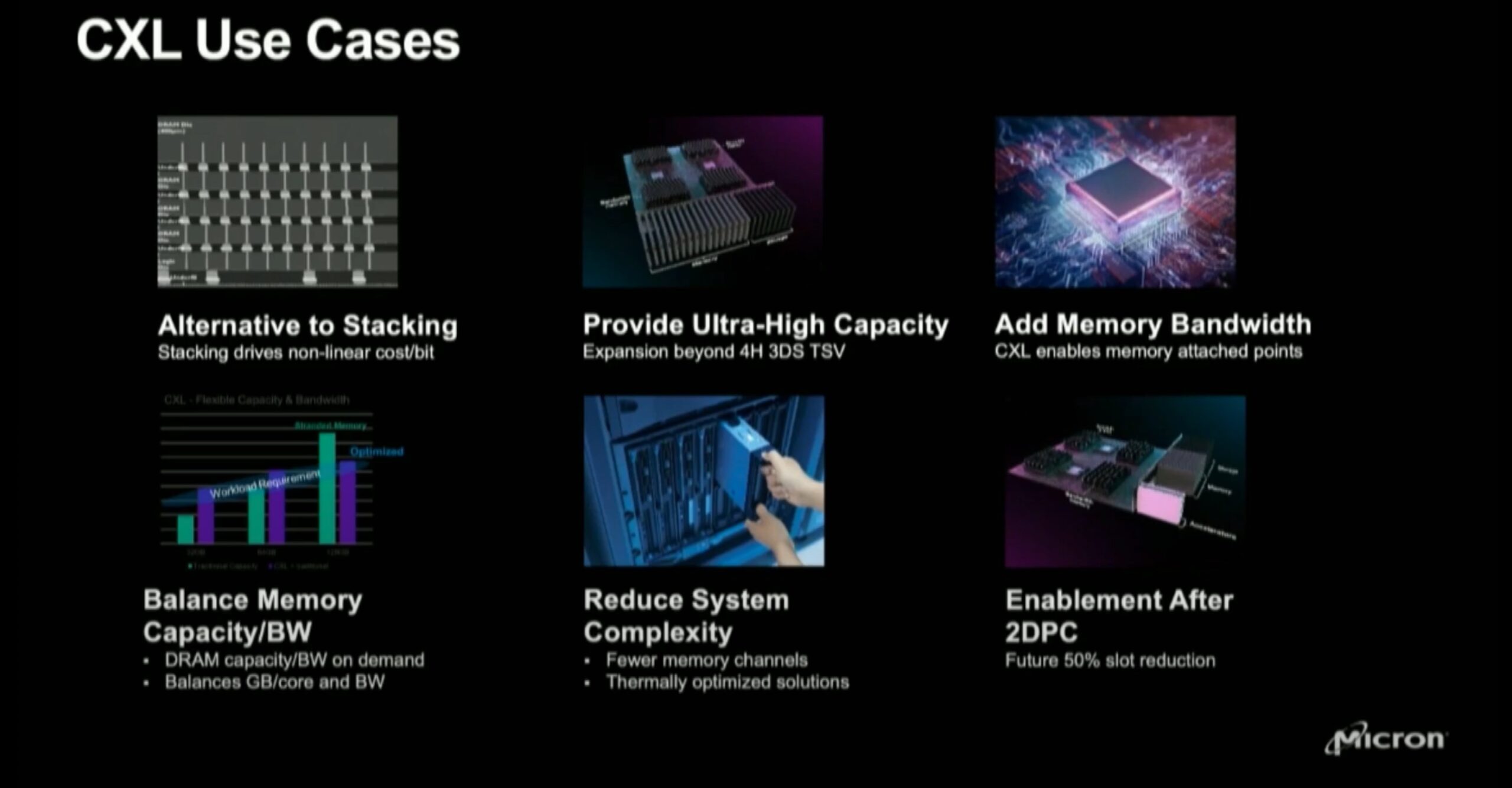Lately things in technology seem to be following an inverse trend. Peripheral devices such as monitors and keyboards have become bigger and wider in the recent years. On the inverse, internal components like chips and SSDs have shrunk in dimension, bringing the prophecy of fitting a datacenter inside a shoebox closer to realization.
In this roaring decade of edge computing, most storage vendors seem to be playing by this unwrit rule of miniaturization. From looking like bricks, the devices have gone to look like candy bars – sleek, modular and weightless.
At the recent Edge Field Day event, Solidigm wowed the crowd with a sneak peek of their newest SSD form factors that embody “small, but mighty” in the truest sense. In a short presentation, Jeniece Wnorowski, Influencer Marketing Strategist, showcased the Solidigm SSDs that are built to power the most demanding edge use cases.
What the Edge Wants
Edge sites, unlike datacenters, face an extraordinary number of limitations. Key among them is space crunch. Often times, due to the small footprints of the sites, the servers are stacked under desks, in small closet spaces, and in enclosed basements. The bulky design of datacenter SSDs is a limiting factor to this.
The edge requires mini servers and wafer-thin SSDs that can fit inside the palm of a hand. “Datacenters in New York City are chomping at the bits for this, because they’re having to build up vertically to reinforce floor space,” said Wnorowski.
The buildings, besides not having ample space, also have unique electrical characteristics for which only the most sustainable solutions with the lowest TCO can work.
Solidigm is making storage right at the edge with highly space-efficient form factors. The new D5-P5336, a new line of SSD that offers up to 61.44 TB capacity in a slight frame, is one of them. Using it, organizations can store up to a whopping 2PB of data inside of a 1U chassis.
Following SSD Form Factors through the Years
SSDs are the ultimate shapeshifters in technology. Since their potential got a lot of attention and sales take off in the early 2000s, the drives have changed form every few years. The early ones came in a bulky 2.5-inch form factor. The arrival of compact devices rendered them unusable, compelling vendors to work on shrinking down the inches. Growing demand and engineering advancements dropped a torrent of smaller products in our lap. These products, besides exceeding each other in speed and capacity, were also thinner and lighter.
The newer form factors did surprisingly well in slimming down the footprint while cranking up the functionality. And as they got thinner, more drives were possible to be installed per server enhancing the overall capacity by a wide margin.
Among the companies that are frantically working on designing space-efficient SSD form factors is Intel. In 2017, it came up with a new form factor for server-class SSDs which became popularly known in the storage industry as “The Ruler”. 12 inches long and an inch high, the Ruler became the slimmest form factor. After it was standardized, two variants were rolled out – E1.L (long), and E1.S (short).
For edge applications that require compact forms, higher capacity and better thermal efficiency, few can hold a candle to the more recent E3 form factors. Available in variants E3.S, E3.S 2T and E3.L 2T, these are a favorite because of their wafer-thin forms, exceptional read/write performance, superior capacity and thermal efficiency.
Solidigm, a Leader in Form Factors
In December of 2021, Solidigm broke away from Intel to become a standalone subsidiary of SK Hynix, the semiconductor giant. Its deep industry knowledge, and years of partnership culminated into a line of phenomenal, hyper-dense SSDs which made their way into the market in the subsequent years.
“We listen to our partners and where it is that they’re going with their business model ten years out. That’s what reinforces our road map,” said Wnorowski.
Solidigm knows that the age of a one-size fits all is well behind us. Hybridization calls for variety. In its portfolio, Solidigm offers a mix of form factors – U.2 (15mm), E1.S and E3.S, and now E1.L (9.55m). It’s D5-P5336 is available in E1.L, and a U.2 and a E3.S variant is soon to come.
“Depending on the workload, depending on the use case, these form factors can fit a multitude of edge use cases,” she noted.
With all the form factors, Solidigm seeks to deliver a few core features – serviceability, space-efficiency, flexibility, and better airflow. Being front serviceable, the SSDs can be inserted through the front plane without dismounting a fully-populated rack, and are therefore much easier to work with than some of the earlier variants.

Packing greater capacity into smaller footprints has been one of Solidigm’s obsessions from the beginning. With each of its release, it has achieved new milestones there, making the SSDs tailor-made for data-hungry use cases. Additionally, they are out-of-the-gate compatible with PCIe and CXL interfaces.
Solidigm’s E1.L form factor is designed to improve sustainability at the edge. To prevent overheating, it is fitted with what Solidigm calls a “vertical sail” at the back end. The sail pushes down the air flow letting the systems cool faster. Additionally, features like SMART attribute indicators alert users about the health of the SSDs from time to time ensuring optimal performance.
As workloads pivot towards more read-intensive jobs, organizations are demanding higher read speeds from their SSDs. “All the drives that we’ve tested have, at parity performance with TLC – so really strong read performance overall,” shares Wnorowski.
Solidigm has recently launched the iconic D7-P5810, a high endurance, write-centric SSD targeted at HPC, high-frequency and like use cases. However, she maintains that for edge applications, the D5 range is best-suited.
“We’re excited about where we’re going to take these into the future.”
Wrapping Up
At the edge, space is not nearly as abundant as in the datacenters. Adjustments need to be made to reduce the footprint of the stack without impacting performance. These, added with the steep sustainability and TCO requirements demand a breed of hyper-dense SSDs that are smaller, lighter, and ready to integrate with a less elegant infrastructure. Solidigm’s SSDs’ distinguishing feature is not just tremendous speed and capacity, but form factors that can be likened to a pack of gum. Solidigm’s ability to pack so much capacity within their minuscule forms can be truly transformative for storing massive amounts of data generated by myriad devices, gadgets and communication at the edge.
To learn more about Solidigm’s new SSDs, be sure to watch their presentations from the recent Edge Field Day event.




